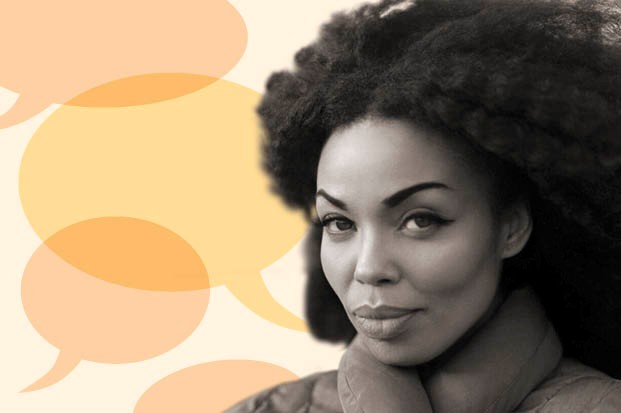Emma Dabiri's Hidden Histories: Harriet Jacobs
"Jacobs’ writing transports readers to the world of Southern slavery," writes Emma Dabiri

“No matter what the slave girl looks like, if she’s dark, if she’s light, if she’s medium, if she’s at all attractive, if she has beauty it is a curse, because the master will be after her... Even the little child will learn that if God has bestowed beauty on her, it will prove her greatest curse. Slavery is a cage of obscene birds.”
This quote, from Harriet Jacobs’ 1861 Incidents in the Life of a Slave Girl, is emblematic of how her evocative style and relatable, contemporary voice transports readers to the intimate spaces of the world of Southern slavery.
Yet for years, many people refused to believe that her book could be true, or that it could have been written by a woman of African descent. Indeed, the accepted academic opinion until the 1980s was that it was a fictional novel written by a white abolitionist.
I came across Jacobs’ story by chance while researching advertisements about escaped slaves. Notices for women are not as common as those for men, and hers caught my eye: “$100 REWARD will be given for the apprehension and delivery of my Servant Girl HARRIET. She is a light mulatto, 21 years of age, about 5 feet 4 inches high.”
Further digging revealed not only that Harriet eventually gained her freedom, but also that she became a tireless campaigner for black liberation. Her strength of will – which compelled this formerly enslaved woman to write herself into a historical record that would have gladly erased her – is apparent from a young age. As Harriet wrote: “My master had power and law on his side. I had a determined will. There is might in each.”
More like this
In the hope of escaping the clutches of that master, Dr Norcom, young Harriet made a calculated gamble.
At the age of 15 she met Samuel Tradwell Sawyer – a white lawyer aged around 30, from one of North Carolina’s wealthiest families – who took an interest in her. Harriet’s plan hinged on the fact that Sawyer was wealthier and more powerful than Norcom; she believed that if she had his baby, he might buy both her and her child. By the time she was 19, she had borne two children by Sawyer – yet they, too, were deemed to be Norcom’s “possessions”.
Sawyer did eventually agree to buy the children. However, not only did Norcom refuse to grant their freedom, he also wanted revenge, and threatened to send the children to another plantation that was renowned for brutalising enslaved people. Harriet, terrified, suspected that Norcom might relent if she were out of the picture, so plotted her escape – though, with slave catchers out in full force, she knew that she was unlikely to get far. She made her way to the home of her grandmother, a member of the local free black community, and together they devised a plan: Harriet would hide in the crawl space in her grand- mother’s attic until an opportunity to escape arose.
In the event, Harriet spent seven years in her crawlspace prison, which was less than 3 metres long, two and a half wide and just a metre high. She suffered terribly: her refuge was infested with rats and mice, and she was “restless for want of air”. The atmosphere was “so stifled that even mosquitoes would not condescend to buzz in it”. She suffered from psychotic episodes and almost went lame.
Yet her sacrifice paid off. Norcom agreed to sell the children to Sawyer and, weeks later, they were sent to live with their grandmother – oblivious to the fact that their fugitive mother was just metres away, watching them grow up through a tiny hole she had bored through the floor.
Harriet is an incredibly important figure. She was the first African-American woman to write a slave narrative at a time when it was a crime for black people to read or write. Moreover, Incidents is the only slave narrative that focuses on sexual exploitation during an era in which rape was used as a form of terror against enslaved women – and in which the courts upheld the principle that sexual assault of women of African descent was not a crime.
Yet her account is still not as widely known as it should be. Importantly, it highlights the long history of people sometimes described today as “mixed race”, giving the lie to the idea that increased “race mixing” is somehow modern, or automatically leads to less-racist societies. Along with African-American novelist Harriet B Wilson, Jacobs’ book reclaimed the status of both “woman” and “mother” in a society that denied those identities to these women. I urge everyone to read it.
Emma Dabiri is an author and broadcaster, and teaching fellow at SOAS University of London. Her most recent book is What White People Can Do Next: From Allyship to Coalition (Penguin, 2021)
This article was first published in the July 2021 issue of BBC History Magazine
Authors

Start the year with a subscription to BBC History Magazine - £5 for your first 5 issues!
As a print subscriber you also get FREE membership to HistoryExtra.com worth £34.99 + 50% London Art Fair 2024 Tickets





